In today’s lesson, we will look at a cool Japanese minor pentatonic scale you can add to your guitar soloing toolkit.
This cool scale will add variety and a fresh sound to your guitar solos.
The Japanese minor pentatonic scale we will look at is called the Hirajoshi scale.
First, let’s examine its construction:
So to build this scale, you would take the major scale and lower the third and sixth notes (degrees) by one semitone each.
You also need to drop out the 4th and 7th degrees.
Let’s say you want to build an A Hirajoshi scale.
First take the A major scale:
Second, lower the 3rd and 6th scale degrees by one semitone each:
Third, you drop out the 4th and 7th degrees:
Your result is:
So, an A Hirajoshi scale consists of the following notes:
A B C E F
One other way to build this scale is to simply take the minor scale and drop out the 4th and 7th degrees. When you build the Hirajoshi scale from the natural minor scale, you don’t have to lower any notes. You just need to drop out the 4th and 7th degrees.
Since the Hirajoshi scale is simply a minor scale with the 4th and 7th notes omitted, it means you could use this scale where you normally use a natural minor scale.
Now it’s time to take a look at one of the ways to play the A Hirajoshi scale:
Practice this scale forwards and backwards:
In part 2 of this post we will look at additional ways to practice this scale, a chord vamp that you can use to practice soloing with this scale, and we will look at creating your own solo with this scale.

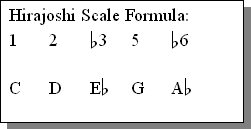
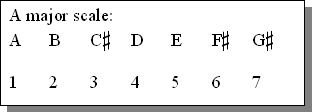
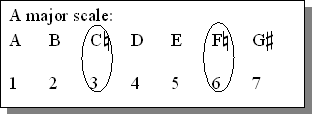


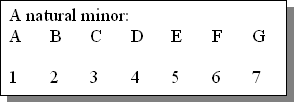

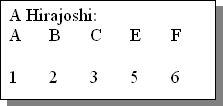











Pingback: How to Add Variety to Your Guitar Solos with a Cool Japanese Minor Pentatonic Scale Part 2 | Guitar Accelerator Blog: Play Guitar - Electric and Acoustic Guitar Lessons
Nothing beats the old saying “Practice Makes Perfect” (well of course, it would only work if you practice the RIGHT things). It’s still the No Pain, No Gain principle ringing true when you really want to master the guitar.
I loved your post.Much thanks again.